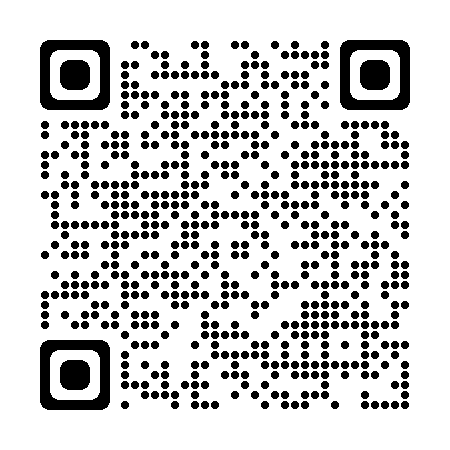Paediatric procedural sedation with ketamine
Sometimes your child needs a procedure that may cause them pain or distress. Sedation helps to reduce the intensity of their pain or distress. We use sedation for things like cleaning and stitching a deep wound, or repositioning a broken bone.
What effects will sedation have on my child?
Sedation will make your child sleepy and relaxed. The aim is to reduce any pain or distress your child may feel in the procedure. They will also not remember the procedure – this is normal.
What does sedation involve?
We will move you and your child to a monitored area where your child will be looked after by a senior doctor and a nurse. We will put some monitoring leads on your child and oxygen will be given with a facemask.
Most sedation involves an injection into a vein. To do this, we will place a small plastic tube (cannula) into the vein.
We often use a medication called ketamine for sedation in children.
What is ketamine?
Ketamine is a medicine used for sedation. It has pain relief effects and also means your child does not remember the procedure. Used correctly it is one of the safest and most effective choice for short procedures done in the Emergency Department.
What should I expect?
After they have been given ketamine, you may notice your child goes quiet and their eyes glaze over. Their eyes will often remain open. Your child may seem awake, but they will not be aware of their surroundings. We will then undertake the procedure and over the next 30 to 60 minutes, your child will begin to notice you again and return to normal.
Are there any side effects of ketamine?
Side effects include:
- your child’s eyes may twitch – this is normal
- 1 in 10 children develop a rash – this will disappear by itself
- 1 in 10 children may have mouth or eye watering
- 1 in 10 children children feel sick or are sick; we can help with anti-sickness medications.
- 1 in 20 children have some twitching movements
Are there any complications to be aware of?
Rarely (less than 1 in 100 children are affected in this way), ketamine sedation can cause your child to have noisy breathing or problems with their breathing. These complications can generally be treated by simply changing your child's head position.
Rarely (3 in 100 children), we may need to help your child with their breathing using a face mask.
Very rarely (1 in 5000 children) we may need to put a breathing tube in their windpipe to help their breathing.
How can I best help my child?
Before the procedure
Ask us to explain the procedure to you and your child if we or you, have not already done so, or if you or they have questions.
Try to be encouraging, calm and not too nervous – your child will notice your emotions and feelings.
Try distracting your child with talking about something nice, playing with toys, or reading a book.
During the procedure
You can stay with your child and this may help their comfort.
Maintain a calm, quiet, relaxed environment.
After the procedure
Stay with your child as they wake; they may not remember where they are.
Remain calm and relaxed, as they wake up
Focus on positives - they have done well!
What happens after the sedation?
We will watch your child as they recover.
When your child is alert, talking, able to drink without vomiting and walking without help we will aim to send you all home. This is usually around 90 minutes after the sedation.
Is there anything to do at home after sedation?
Your child should be closely supervised for 8 hours after you leave the hospital. This is because they may be more unsteady and drowsy than normal.
It is safe to give them paracetamol and ibuprofen for pain relief.
Over the next 24 hours:
- they should not take any other medicine that may make them drowsy
- they should avoid sporting activities including swimming
- they should avoid using equipment such as bikes, climbing frames, and monkey bars
- you should give them clear fluids initially and wait around 2 hours after sedation before allowing your child to eat - this is to reduce nausea and vomiting
If you are at all worried about your child at home, please bring them back to the Emergency Department.
Reviewed by Dr L Sabir in February 2023, next review in February 2025.
Share this page

If you need this information in an alternative format, please contact the Patient Experience and Engagement Team on 01226 434922.
Nëse ju nevojitet ky informacion në një format të ndryshëm, ju lutemi të kontaktoni ekipin e Eksperiencës së Pacientit dhe të Angazhimit në:01226 434922.
Если вам нужна эта информация в другом формате, пожалуйста, свяжитесь с отделом по работе с пациентами и взаимодействию с ними по тел: 01226 434922.
Jeśli te informacje są wymagane w innej formie, prosimy skontaktować się z Zespołem ds. doświadczenia i zaangażowania pacjenta na numer: 01226 434922.
Dacă aveți nevoie de aceste informații într-un format alternativ, vă rugăm să contactați echipa care se ocupă de experienţele şi angajamentul pacientului la nr: 01226 434922.
Ha erre az információra alternatív formátumban van szüksége, kérjük, lépjen kapcsolatba a Patient Experience and Engagement Teammel (Betegélmény és elkötelezettség csoport) a következő telefonszámon: 01226 434922.
